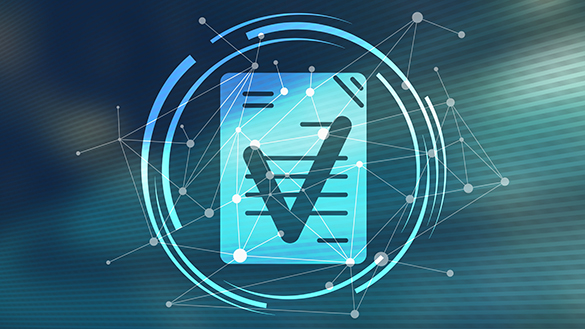The Common Cleaning Validation Gap
February 02, 2022 TJ Woody
After years of helping clients overcome cleaning validation hurdles, the one common issue across companies are long, labor-intensive cleaning processes that consume time, resources, and utilities. These cleanings often involve extensive manual interventions that still result in unreliable cleaning processes and deviations.
The after-effect? Frustration.
The frustration felt by cleaning associates and management because of these cleaning processes that never seem to be addressed in a way that truly resolves the issues. Companies just live with the pain.
What if these cleaning processes were not only corrected but optimized? What if this weakness in the overall process turns into a strength of the organization? Imagine a streamlined process that is more automated and controlled along with being compliant and defensible.
Unrealistic? I think not.
The key to a good cleaning process is starting from the beginning with development; most of the pain stems from not doing it, the lack of knowledge in how to perform it, compensating for it by overperforming the cleaning process, or doing the development poorly. How? By performing lab studies with representative materials of construction (MOCs) or coupons and the product with a straightforward premise to start simple and add to the process only as the data dictates.
For me, this typically starts with using water only for cleaning the coupons and analyzing the results, whether visually or even through chemical testing to generate data. Let the data drive the next steps in adding to the cleaning process.
Mimicking the manufacturing cleaning processes for the lab trials is not perfect but can be performed to begin the development of critical cleaning parameters (CCPs). In cleaning validation, these CCPs are identified as Time, Action, Chemistry, and Temperature.
- Time could be hold times, including how long equipment can sit dirty prior to cleaning, soak times, and rinse times.
- Action is how the cleaning process is performed including rinse, soak, impingement, agitated immersion, and use of ultrasonic technology among others.
- Chemistry is the cleaning agent(s) used in the cleaning process targeting the properties of the chemical-specific to the product residue on the equipment MOCs.
- Temperature is for the water rinses and chemical washes as it relates to the most efficient removal of the product residue in the cleaning process.
Developing these CCPs involves the concept of finding the edge of failure for the cleaning process. Failure is a term that conjures up deviations and loss of product and revenue, but at this stage of cleaning validation, it is critical to understand what is needed to remove the product from the equipment MOCs. Once these CCPs are identified in the lab studies, there is a unique way to take these CCPs to the production equipment, optimize the cleaning process, and train staff.
At Azzur Group, we routinely take painful cleaning processes and optimize them through lab trials and on-the-floor cleaning development saving clients significant time, labor, and resources. A simple meeting with our team explaining your pain points can begin the process of compliant and simplified cleaning processes. If you need guidance or assistance, contact a team member here to get started.
To learn more about this and other commonly found gaps in cleaning validation and solutions for resolving them, register to watch this free on-demand webinar titled Common Gaps in Cleaning Validation and their Solutions.
